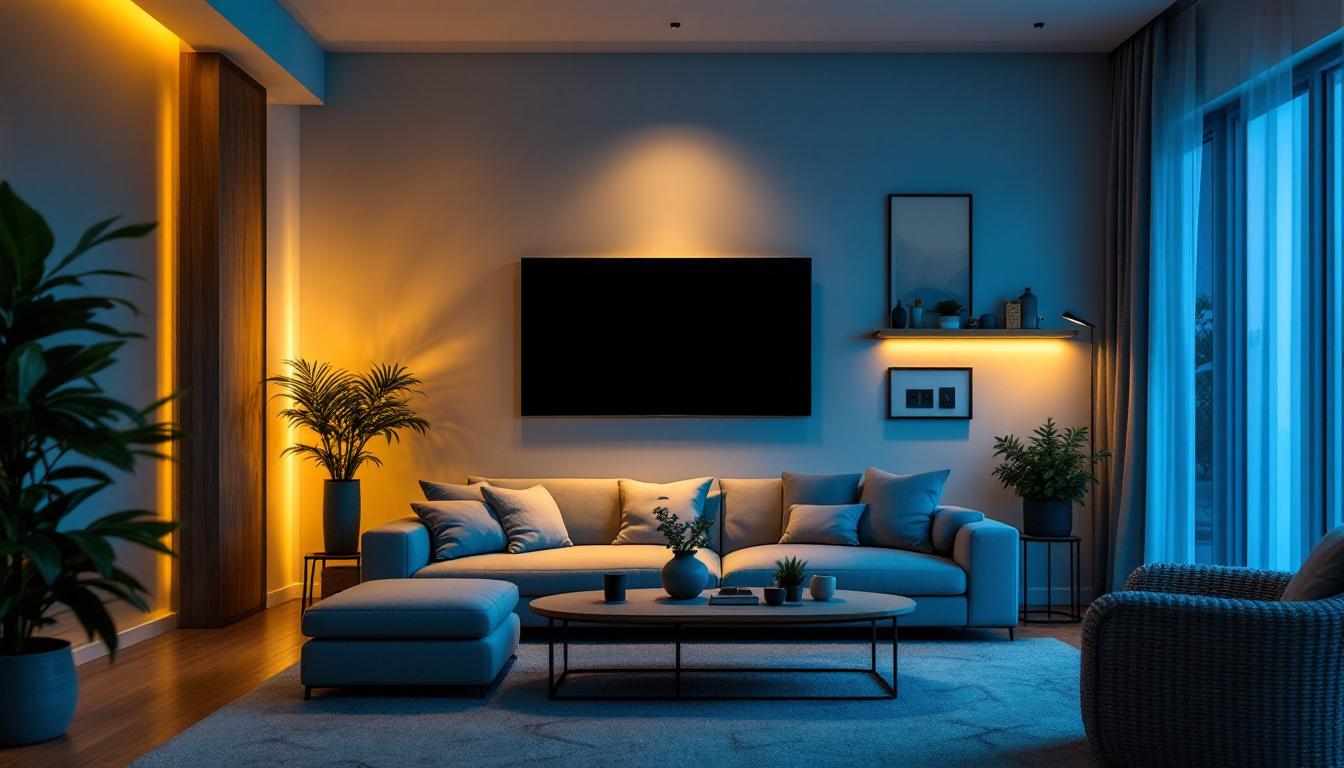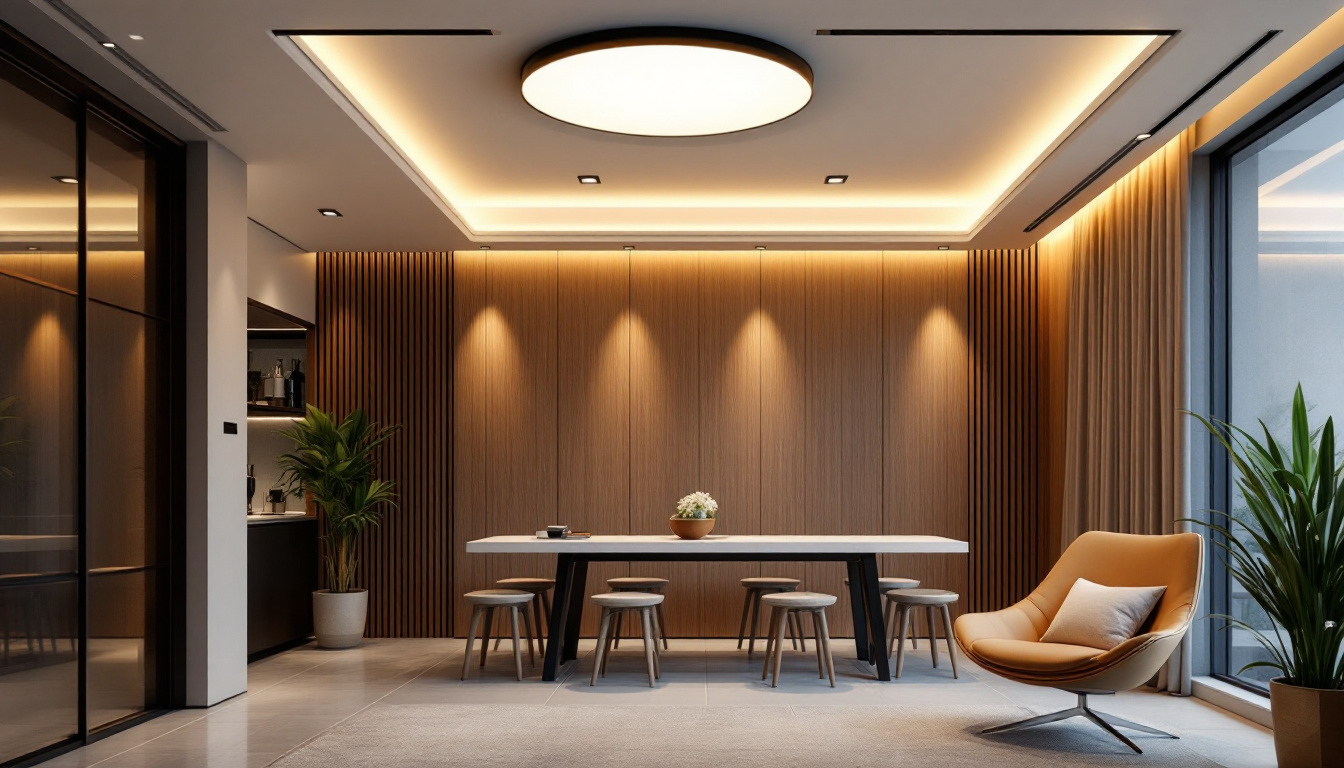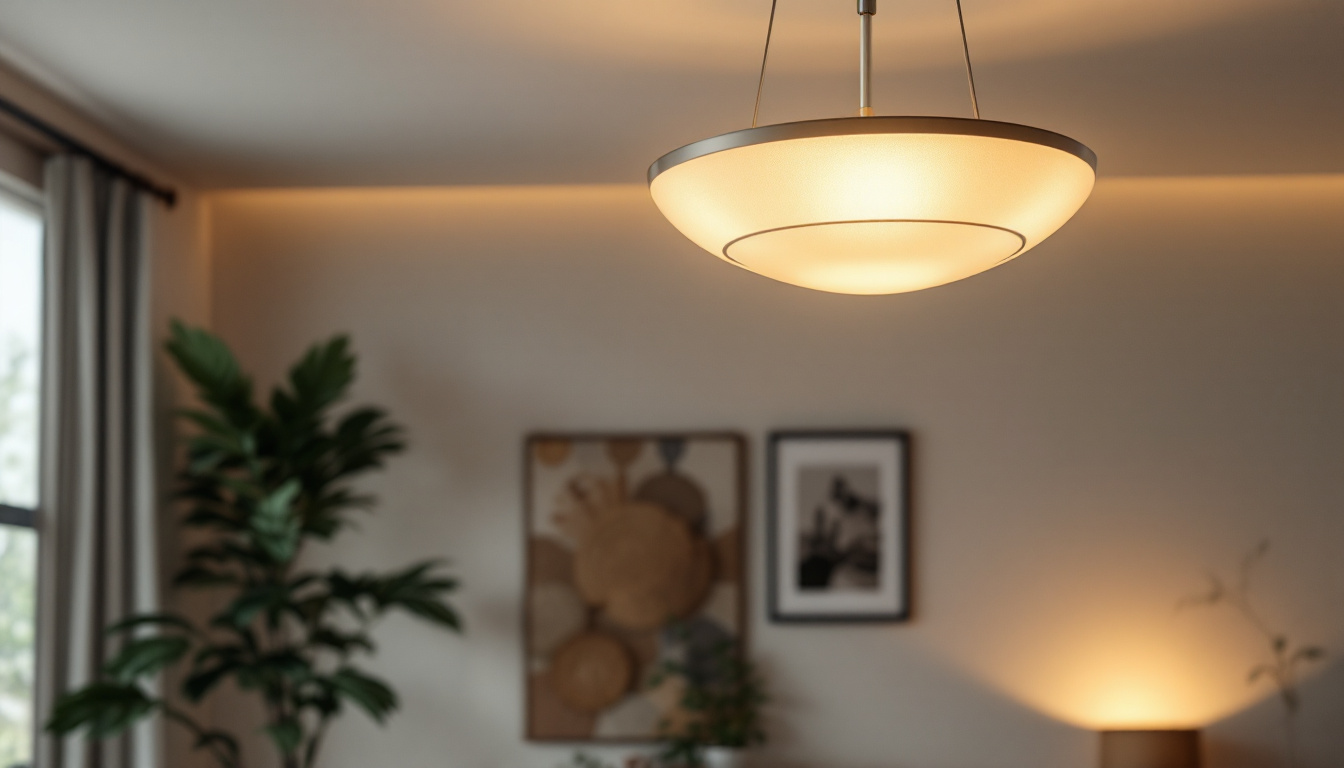
Lighting control systems have evolved significantly in recent years, offering homeowners enhanced convenience, energy efficiency, and the ability to create personalized atmospheres. For lighting contractors, understanding the best practices in implementing these systems is crucial for delivering exceptional service and ensuring client satisfaction. This article delves into the essential components of lighting control systems, best practices for installation, and tips for collaborating with clients to achieve their vision.
Lighting control systems encompass a variety of technologies that allow users to manage their home’s lighting efficiently. These systems can range from simple dimmers to complex automated solutions that integrate with smart home technologies. Understanding the different types of systems available is essential for contractors aiming to provide tailored solutions to their clients.
There are several types of lighting control systems that contractors should be familiar with. These include manual controls, such as dimmer switches and timers, as well as more advanced options like smart lighting systems. Smart systems often utilize wireless technology, allowing homeowners to control their lighting remotely via smartphones or voice-activated devices.
Another category includes centralized control systems, which enable users to manage multiple lighting zones from a single interface. This can be particularly beneficial in larger homes where different areas may require varying levels of illumination. Understanding these distinctions can help contractors recommend the most suitable system for each project. Additionally, some systems offer integration with other smart home devices, such as security systems and HVAC controls, creating a seamless experience for the homeowner. This interconnectedness can enhance security by allowing lights to simulate occupancy when the home is vacant, thereby deterring potential intruders.
The advantages of installing lighting control systems extend beyond mere convenience. Energy efficiency is a significant benefit, as these systems can reduce electricity consumption by allowing homeowners to adjust lighting levels based on their needs. Additionally, advanced systems can be programmed to turn off lights when rooms are unoccupied, further conserving energy.
Furthermore, lighting control systems enhance the overall ambiance of a home. By allowing users to customize lighting settings, these systems can create different moods for various occasions, whether it’s a cozy dinner or an energetic gathering. For contractors, emphasizing these benefits can help in convincing clients of the value of investing in modern lighting solutions. Moreover, the ability to create preset lighting scenes can significantly elevate the user experience; for instance, a “movie night” setting could dim lights and adjust them to warmer tones, providing a perfect backdrop for relaxation. This level of customization not only adds to the aesthetic appeal of a home but also promotes a lifestyle that values comfort and efficiency.
When it comes to installing lighting control systems, adhering to best practices is vital for ensuring functionality and client satisfaction. A well-executed installation not only enhances the performance of the system but also reflects positively on the contractor’s reputation.
Before installation begins, thorough planning and design are essential. Contractors should conduct a comprehensive assessment of the client’s needs and preferences. This includes understanding how the space will be used, the desired lighting effects, and any specific features the client may want, such as remote access or integration with other smart home devices.
Creating a lighting plan that outlines the placement of fixtures, switches, and control interfaces can help visualize the project. This plan should also consider the electrical load and compatibility of the chosen systems to prevent any future issues. Engaging clients in this process fosters collaboration and ensures their vision is accurately captured. Furthermore, it’s beneficial to incorporate flexibility into the design, allowing for future modifications or expansions as the client’s needs evolve. This forward-thinking approach not only enhances customer satisfaction but also positions the contractor as a knowledgeable partner in the client’s long-term plans.
Compatibility is a critical factor when integrating new lighting control systems with existing electrical setups. Contractors should evaluate the current wiring and fixtures to determine if they can support the new technology. In some cases, upgrades may be necessary to accommodate advanced systems.
Additionally, it’s essential to consider the integration of various technologies. Many homeowners may already have smart devices in their homes, and ensuring that the new lighting control system can seamlessly interact with these devices is crucial. Providing clients with a cohesive system can enhance their overall experience and satisfaction. This can include compatibility with voice-activated assistants, mobile apps, and even security systems, creating an interconnected smart home environment. By highlighting these integration possibilities during the consultation phase, contractors can help clients envision the full potential of their lighting systems, ultimately increasing the value of the installation.
After installation, thorough testing is imperative to ensure that the system operates as intended. This includes checking all controls, dimming functions, and any programmed settings. Contractors should walk clients through the system, demonstrating how to use it effectively and addressing any questions or concerns.
In the event of issues, having a troubleshooting guide can expedite the resolution process. Contractors should be prepared to assist clients with common problems, such as connectivity issues or malfunctioning controls, to reinforce their reliability and expertise. Additionally, providing clients with a user manual that outlines basic troubleshooting steps can empower them to resolve minor issues independently. This not only enhances the client’s confidence in using their new system but also reduces the likelihood of unnecessary service calls. Furthermore, offering a follow-up service or check-in after a few weeks can help address any lingering concerns and solidify the contractor-client relationship, ensuring ongoing satisfaction with the installation.
Educating clients about their new lighting control systems is a vital aspect of the installation process. Many homeowners may not be familiar with the capabilities of these systems, and providing them with the necessary knowledge can enhance their experience and satisfaction.
During the final walkthrough, contractors should take the time to demonstrate the various features of the lighting control system. This includes showing clients how to adjust settings, create schedules, and utilize any remote access options. Providing a hands-on experience helps clients feel more comfortable with the technology and encourages them to explore its full potential.
Offering written materials or digital resources that outline the system’s features and troubleshooting tips can also be beneficial. This ensures that clients have access to information even after the installation is complete, reinforcing the contractor’s commitment to customer service.
Lighting control systems may require updates or adjustments over time, and providing ongoing support can foster long-term relationships with clients. Contractors should be available to assist with any questions or concerns that arise after installation, whether it’s a simple adjustment or a more complex issue.
Establishing a follow-up protocol can also enhance client satisfaction. A quick check-in after installation can provide an opportunity to address any initial concerns and reinforce the contractor’s dedication to quality service. This proactive approach can lead to positive referrals and repeat business.
As energy efficiency becomes increasingly important to homeowners, integrating sustainable practices into lighting control system installations is essential. Contractors can play a significant role in promoting energy-saving solutions that benefit both clients and the environment.
When recommending lighting fixtures, contractors should prioritize energy-efficient options such as LED bulbs. These fixtures not only consume less energy but also have a longer lifespan compared to traditional incandescent bulbs. Educating clients about the benefits of energy-efficient lighting can help them make informed decisions that align with their sustainability goals.
Additionally, incorporating dimmable fixtures into the design allows homeowners to adjust lighting levels based on their needs, further enhancing energy savings. By emphasizing these options, contractors can position themselves as knowledgeable professionals who care about their clients’ long-term energy costs.
Smart technology plays a crucial role in enhancing the energy efficiency of lighting control systems. Many modern systems offer features such as occupancy sensors, which automatically turn off lights when a room is unoccupied. This not only saves energy but also extends the life of the lighting fixtures.
Contractors should highlight these features to clients, showcasing how smart technology can contribute to a more sustainable home. Providing clients with information on how to program these features effectively can further enhance their experience and satisfaction.
The lighting industry is constantly evolving, with new technologies and trends emerging regularly. For lighting contractors, staying informed about these changes is essential for providing the best possible service to clients.
Participating in workshops, webinars, and industry conferences can help contractors remain knowledgeable about the latest advancements in lighting control systems. Continuing education not only enhances technical skills but also provides insights into emerging trends that may influence client preferences.
Additionally, networking with other professionals in the industry can lead to valuable collaborations and partnerships. Sharing knowledge and experiences can foster innovation and improve service offerings, ultimately benefiting clients.
As consumer preferences shift, contractors must be adaptable in their approach. Many homeowners are increasingly interested in smart home integration and energy-efficient solutions. Understanding these trends allows contractors to tailor their recommendations to meet client expectations effectively.
By being proactive in addressing changing preferences, contractors can position themselves as industry leaders who are attuned to the needs of their clients. This adaptability can lead to increased client satisfaction and loyalty.
Lighting control systems offer numerous benefits to homeowners, from enhanced convenience to energy efficiency. For lighting contractors, understanding the intricacies of these systems and adhering to best practices in installation and client education is essential for delivering exceptional service. By staying informed about industry trends and prioritizing client satisfaction, contractors can position themselves as trusted professionals in the lighting industry.
As the demand for advanced lighting solutions continues to grow, embracing these best practices will not only enhance the contractor’s reputation but also contribute to the overall success of their business. By focusing on quality installations, ongoing support, and energy-efficient solutions, lighting contractors can create lasting relationships with clients and ensure their homes are illuminated to perfection.
Ready to elevate your lighting installations with the best in the business? At LumenWholesale, we’re committed to providing lighting contractors like you with spec-grade lighting products that don’t just meet but exceed industry standards. Say goodbye to local distributor markups and hello to our unbeatable wholesale prices. With our extensive selection, free shipping on bulk orders, and a dedication to quality and affordability, you can ensure your clients’ homes are not just illuminated, but transformed. Don’t compromise on quality or value—choose Wholesale Lighting at the Best Value and make every project shine with LumenWholesale.

Discover how LED magnet lights are revolutionizing the lighting industry by enhancing efficiency and versatility for contractors.

Discover effective strategies for training your team in outdoor lighting techniques.

Discover the ultimate resources lighting contractors rely on to master LED ceiling lighting.

Explore the essential insights and trends in semi flush mount lighting for modern spaces.